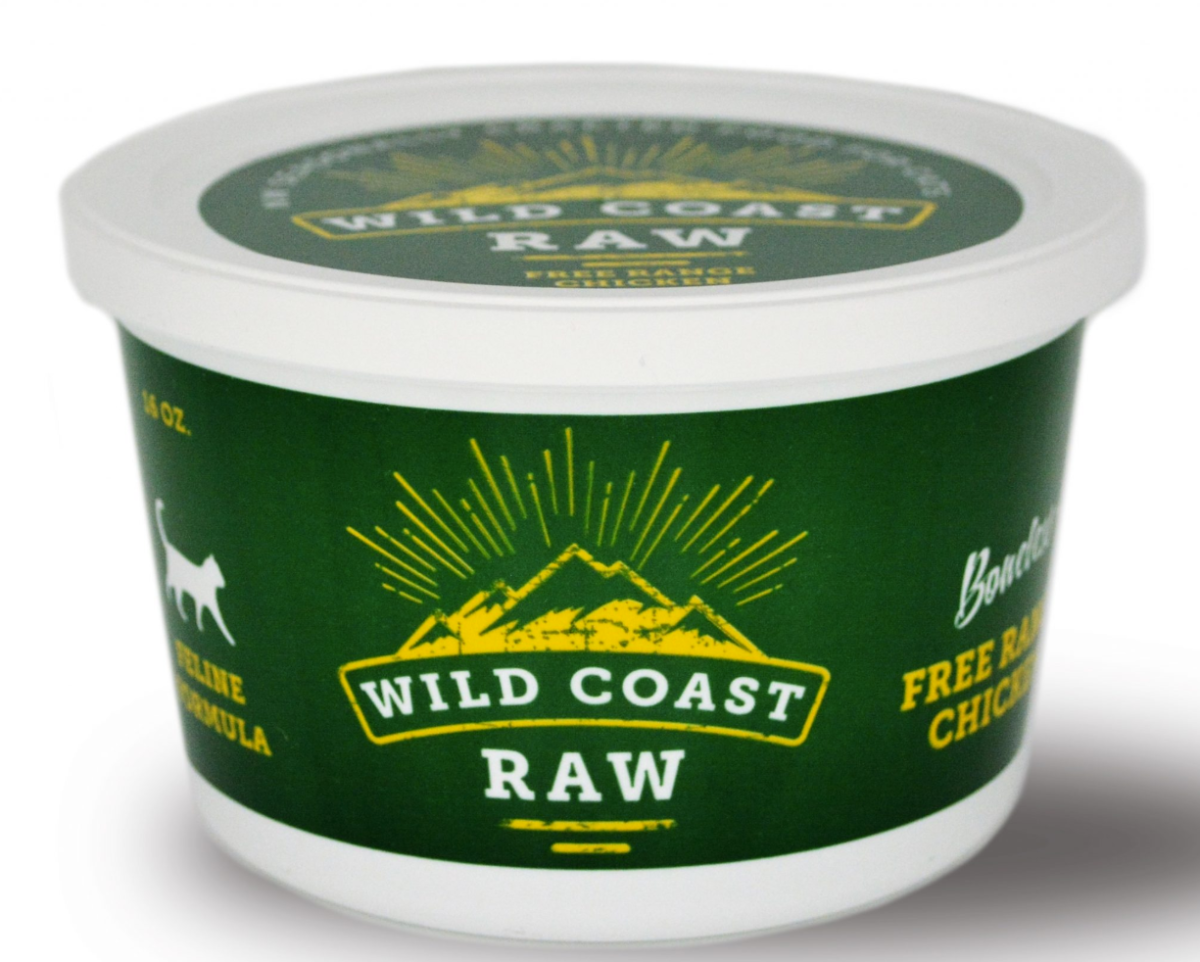Washington State Department of Agriculture and Oregon Department of Agriculture have recently released reports that raise concerns over a possible link between the consumption of raw pet foods and avian flu (HPAI, or H5N1) among domestic cats. It follows the confirmed cases of highly-pathogenic influenza (H5N1) in Oregon indoor cats that consumed raw food. A multi-state probe into safety and handling protocol within the raw food industry was launched.
Infected cats had to be euthanized because of the severity and length of the illness. This outbreak highlights the risks that come with feeding pet foods like Wild Coast Raw.
The importance of Understanding Risk
Both pet owners and health officials are concerned about the identification of H5N1 in commercially available raw pet foods. This situation raises questions about the potential for zoonotic transmission—the spread of diseases from animals to humans—via contaminated food in our homes. It is the goal of this investigation to identify the extent of the contamination in order to stop further cases and exposures of humans to avian flu.
Avian Flu In Cats What Every Pet Owner Needs to Know
The WSDA reported that multiple cats have been infected with avian flu in Oregon, including in Washington County.
Lab testing by the Oregon Veterinary Diagnostic Laboratory as well the USDA National Veterinary Services Laboratories confirmed the HPAI presence in infected cat samples as they did in pet food that was consumed. Early findings point to a link between illness in the cats and consumption of the same raw pet food.
It is important that pet owners monitor their pets for signs of avian flu. These symptoms can include fever, lethargy and reduced appetite. They may also show symptoms such as red, inflamed eyes or discharges from the eyes or nose, breathing difficulties, neurological problems, including tremors and seizures. If your cat has these symptoms—especially if they consume raw pet food— contact your vet immediately for diagnostic testing to confirm or rule out avian flu infections.
Although the current risk to human health is low, it’s still possible that humans can contract avian flu through contact with contaminated pet foods like Wild Coast Raw or contaminated surfaces. You should be on the lookout for any human symptoms, such as eye irritation, soreness, coughing, sneezing and runny or stuffy noses.
Protecting Your Cat From Avian Influenza: Practical Steps
The veterinarians advise strongly against giving pets unpasteurized milk products and raw poultry as these are often the routes of transmission for avian flu. This risk is eliminated by cooking properly, which reduces exposure to salmonella and listeria, as well as avian influenza.
You should keep your cat indoors so that they do not come into contact with wildlife or wild animals, such as birds and livestock. This is especially important in regions where bird flu has been reported. Bird feeders may attract birds near your home and raise the risks of being exposed to bird flu.
It’s important that you keep your cat’s vaccinations up-to-date. Even though rabies can be a different illness, ensuring that your cat’s rabies vaccinations are up-to-date is important for responsible pet ownership. It also helps to avoid diagnosing confusion between viral infections.
Even if you are wearing gloves, if handling dead birds cannot be avoided, it is important to wear protective gear. This includes gloves, a mask and gloves. Wash your hands well after handling the bird, whether or not they were handled. After being near livestock or poultry you should wash your hands and change into clean clothes before handling your cat.
Public Statements and Warnings
Washington Department of Agriculture and Oregon Department of Agriculture The WSDA has issued a public health alert following the testing of Wild Coast Raw raw pet food products that had not been opened.
State Health Advisory: “Though no human infections have been identified among those handling raw pet food products, avian influenza virus could enter the eyes, nose, or mouth — such as through handling contaminated pet food or touching contaminated surfaces, especially without thoroughly washing hands.”
The Health Officials’ Warning “Although the current human health risk is low, anyone exposed to H5N1 needs to check for symptoms…and pet owners or handlers that show these signs should contact their healthcare providers.”

What are the expected future actions in response to this outbreak of Avian Flu?
The WSDA website has information on affected batches, including those that could contain an avian virus strain. Consumers, particularly those that purchase products from Wild Coast, LLC, should check the lot numbers of their product and immediately consult it.
Organizations of health continue to monitor for new infections. The contaminated food chain is being investigated epidemiologically to identify the sources and improve safety measures on the market.
This outbreak highlights the risk of feeding raw pet food. Heating food to the correct temperature destroys pathogens. The importance of a balanced diet for your pet’s health is not to be underestimated.


